Affiliate links on Android Authority may earn us a commission. Learn more.
What is RAW photography and should you shoot in it?
Published onMarch 15, 2022
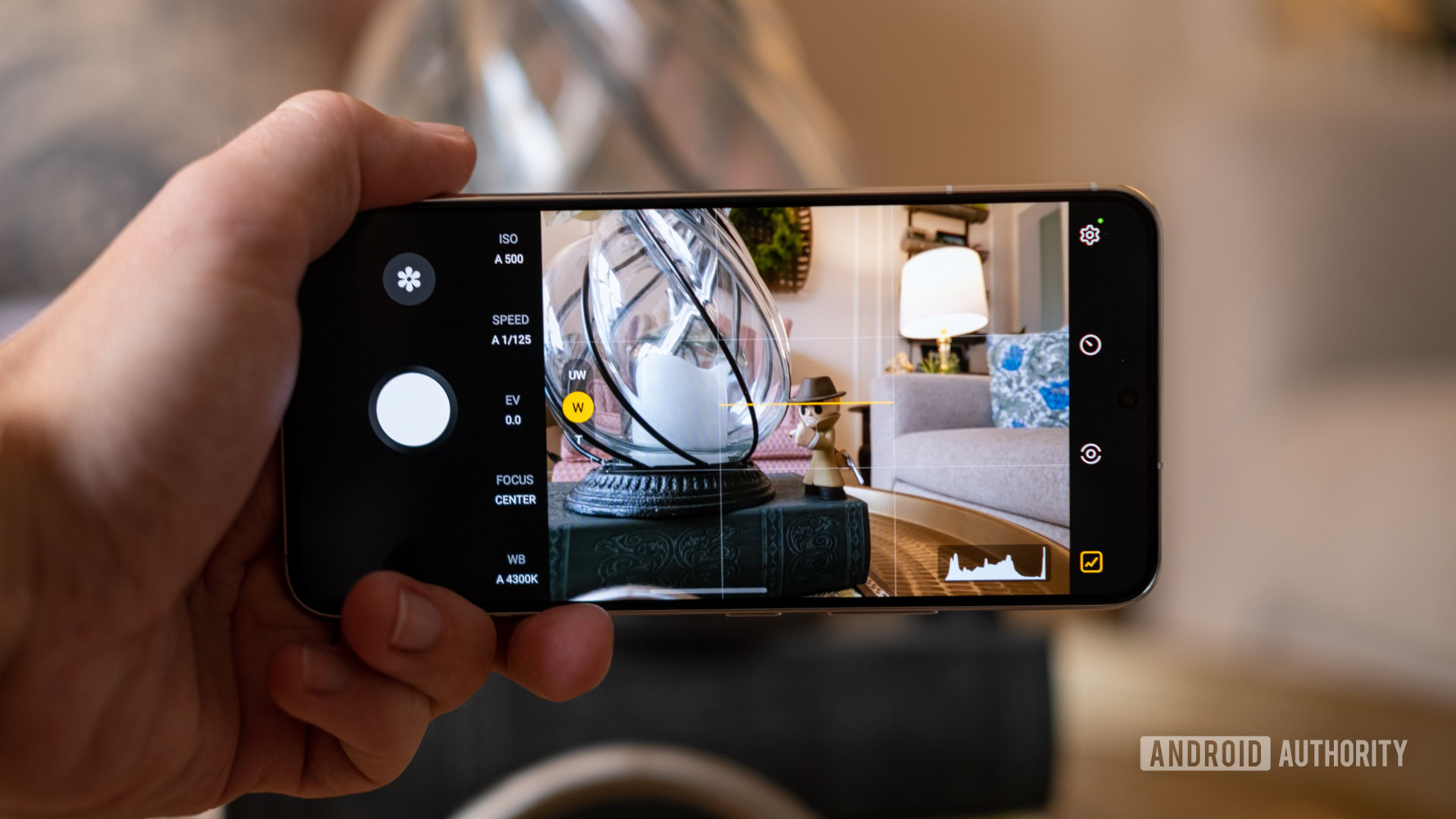
Smartphone camera hardware is increasingly powerful, and we’re seeing more and more impressive software to match. If you’re serious about making your mobile snaps look the best they can, you’re probably interested in shooting in RAW to maximize the editing potential of your photos. Fortunately, some smartphones have offered RAW shooting capabilities for many years. More modern handsets are helping to introduce more mature photographers to the format through advanced camera editing apps. See Samsung’s Expert RAW camera app as a good example.
Photography enthusiasts undoubtedly associate the RAW format with professional photography and high-end DSLR cameras, but that’s no longer the case. Even the humble smartphone we all carry in our pockets can take RAW snaps, often with impressive results. If you’ve been wondering just what all the fuss is about, or even what photographers mean by the term, you’re in the right place. Here’s everything you need to know about RAW photography.
RAW photography explained
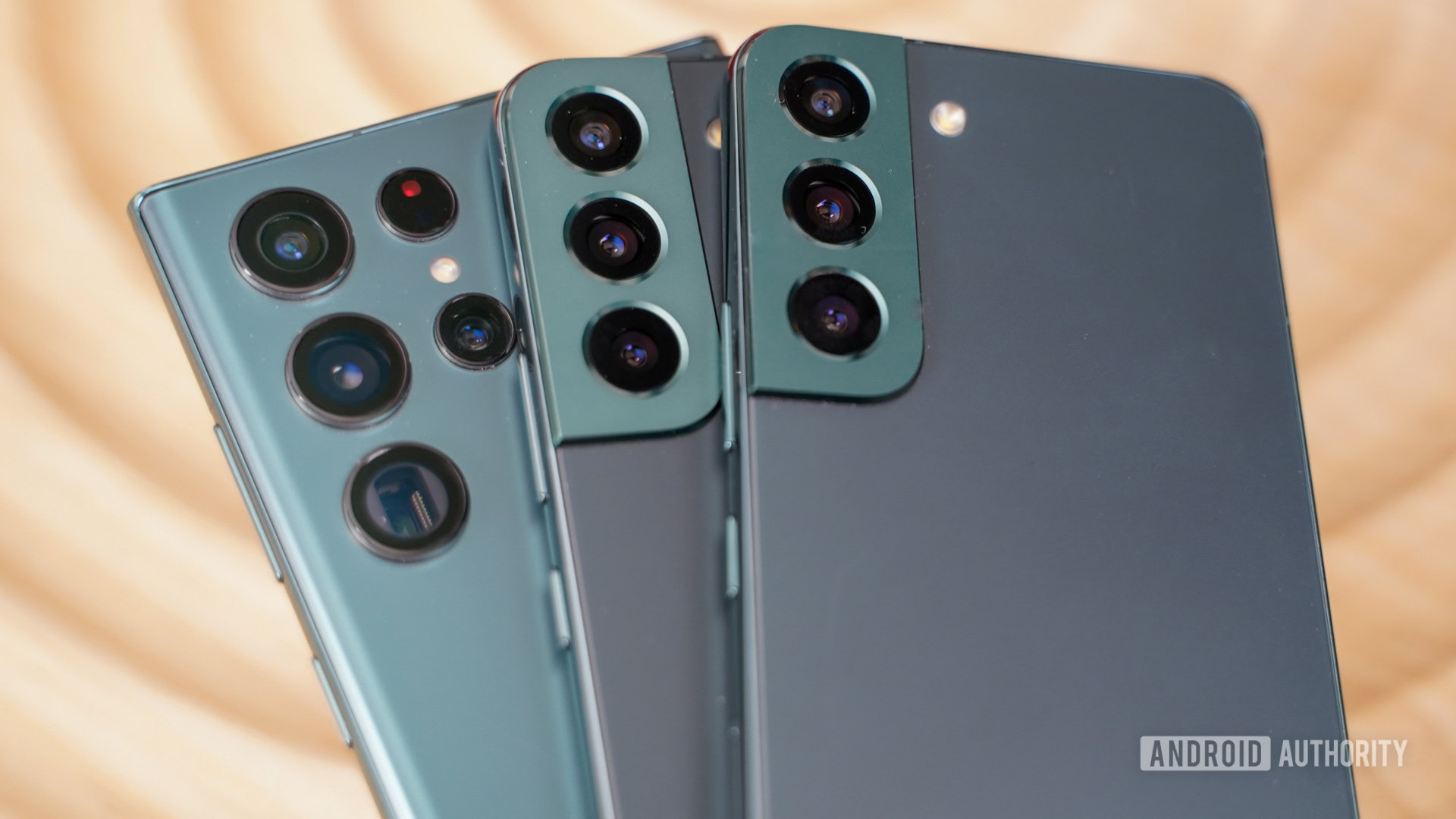
RAW isn’t an acronym. Instead, it simply refers to saving raw data coming straight from the camera when you press the shutter button. In other words, you’re saving unprocessed, unedited, and uncompressed information directly from the camera sensor onto your storage medium. It’s also a file extension; you’ll see file names appended with .RAW to signify that they’re this type of image file.
However, RAW often isn’t the default output for a camera, especially a smartphone. Images are typically instantly compressed and saved in JPEG format to save on space. This smaller file size is achieved using lossy compression, which discards “unnecessary” data to save on space. However, this doesn’t mean that JPEG looks obviously worse; high-quality JPEG compression looks indistinguishable to the eye. As such, RAW image files can be up to 10x larger, depending on the number of megapixels and strength of JPEG compression used. JPEGs are also much more portable, the format is widely used on the web, by messaging apps, and more. It’s essentially the universal image format, unlike RAW, which is larger to store and more specialized in its purpose.
RAW stores uncompressed image data directly from your camera's sensor.
The image below is an example of how JPEG compression works to compress an image by changing and optimizing some pixels. Compression can cause a discrepancy or error signal when compared to the source, so JPEG is not an exact match for what your camera saw. But whether you can tell the difference by eye is another matter. It’s also important to note that cameras have to set the picture’s white balance, exposure, sharpness, and more before compressing to JPEG. This limits your ability to edit the picture later on.
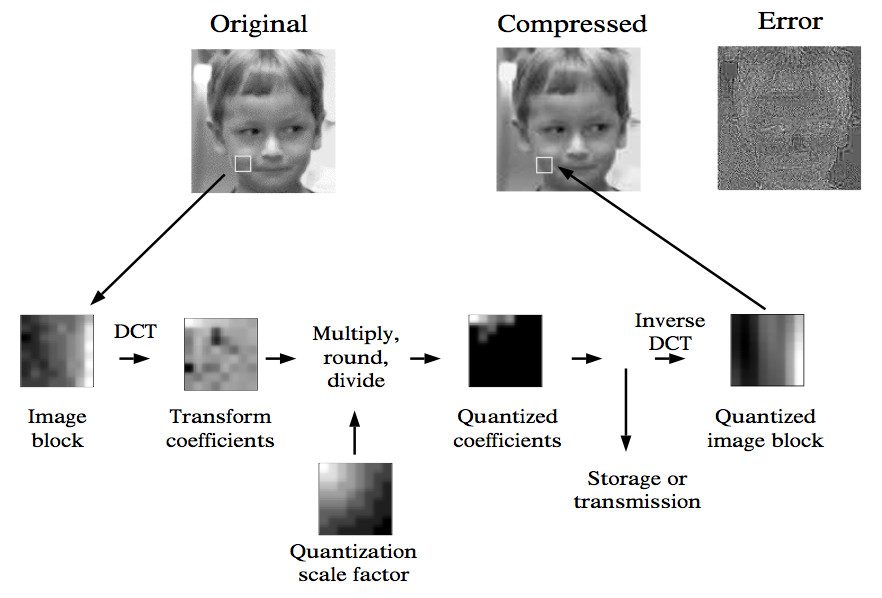
By contrast, RAW doesn’t apply any compression to the data. In fact, the format doesn’t attempt to correct exposure, apply sharpening, or any other image processing techniques to the data. RAW isn’t really an image file as such — the format isn’t even universally understood by different camera manufacturers. For example, you probably can’t open a Canon RAW image on your smartphone or editing software from a rival manufacturer like Nikon. Instead, you’ll need specialized software, such as Adobe Lightroom, or to convert your files into the universally understood DNG format, to take a look at RAW images.
Another difference between RAW and JPEG is bit-depth. JPEGs offer 8-bits of red, green, and blue color information per pixel. That’s still 16 million colors but pales in comparison to RAW’s up to 4.3 trillion shades of color. RAW files store up to 14-bits of color information per RGB pixel depending on the camera. Bit-depth is a significant factor in the file size differences between these popular photograph formats.
See also: Key photography terms you should know
Why shoot in RAW?
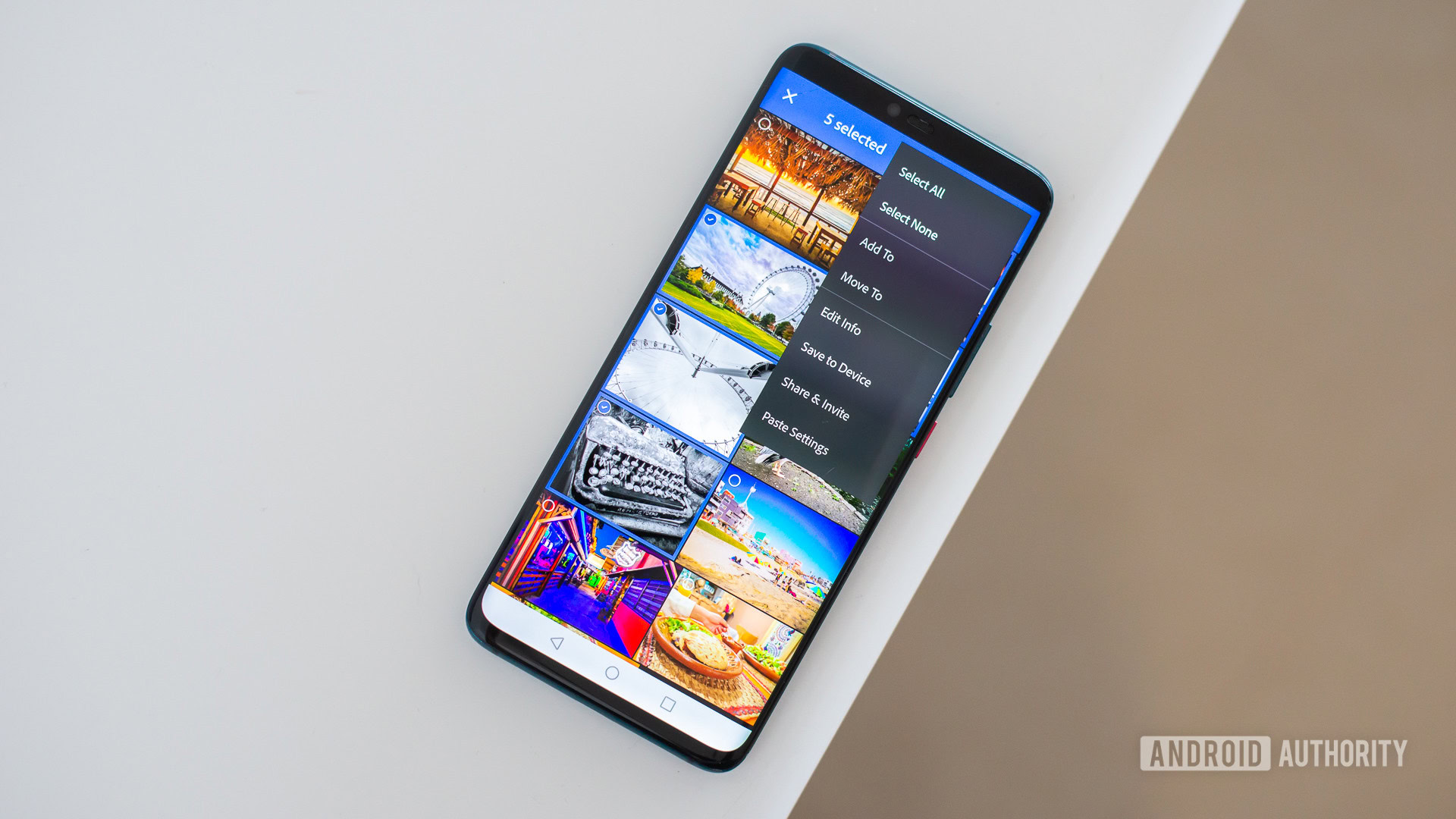
It seems like RAW has quite a few drawbacks but not if you’re editing pictures. High-quality editing is the principal reason for shooting in RAW. For starters, converting to JPEG means that exposure, white balance, saturation, sharpness, and more have already been decided and locked in by your camera. While you can still edit JPEG files for white balance, colors, and even slight exposure adjustments, more extreme editing is impossible without causing clipping issues.
By comparison, editing in RAW allows you complete control over the look of your pictures. Plus editing this file type is non-destructive. That is to say; you can re-edit a RAW file and export it to any image file type you like, as many times as you like, without any loss in quality. Re-editing JPEG results in a loss in quality.
Editing in RAW is also compelling due to the aforementioned bit-depth advantage compared to compressed image data. A greater bit-depth means a higher dynamic range, which is very important if you’re looking to edit the exposure of your shot without clipping the shadows or highlights. For instance, you’ll have a much easier time restoring an underexposed shot in RAW than you will once the exposure is locked in after exporting to JPEG.
The RAW format gives photo editors full control over the exposure and tone of their pictures.
Likewise, a higher bit-depth allows for accurate color editing free from banding. Tweak the white balance, hue, contrast, and saturation to your heart’s content without having to fight against ruining your image. Not to mention that you can make manual adjustments to sharpness and noise reduction, two techniques that are automatically applied by your camera when shooting in JPEG, often with less than ideal results.
The bottom line is that because you’re working on a much larger and more accurate data set, you can get away with more powerful editing with RAW. Editing JPEG is doable, but what you can accomplish is far more limited.
RAW vs JPEG, which is better?
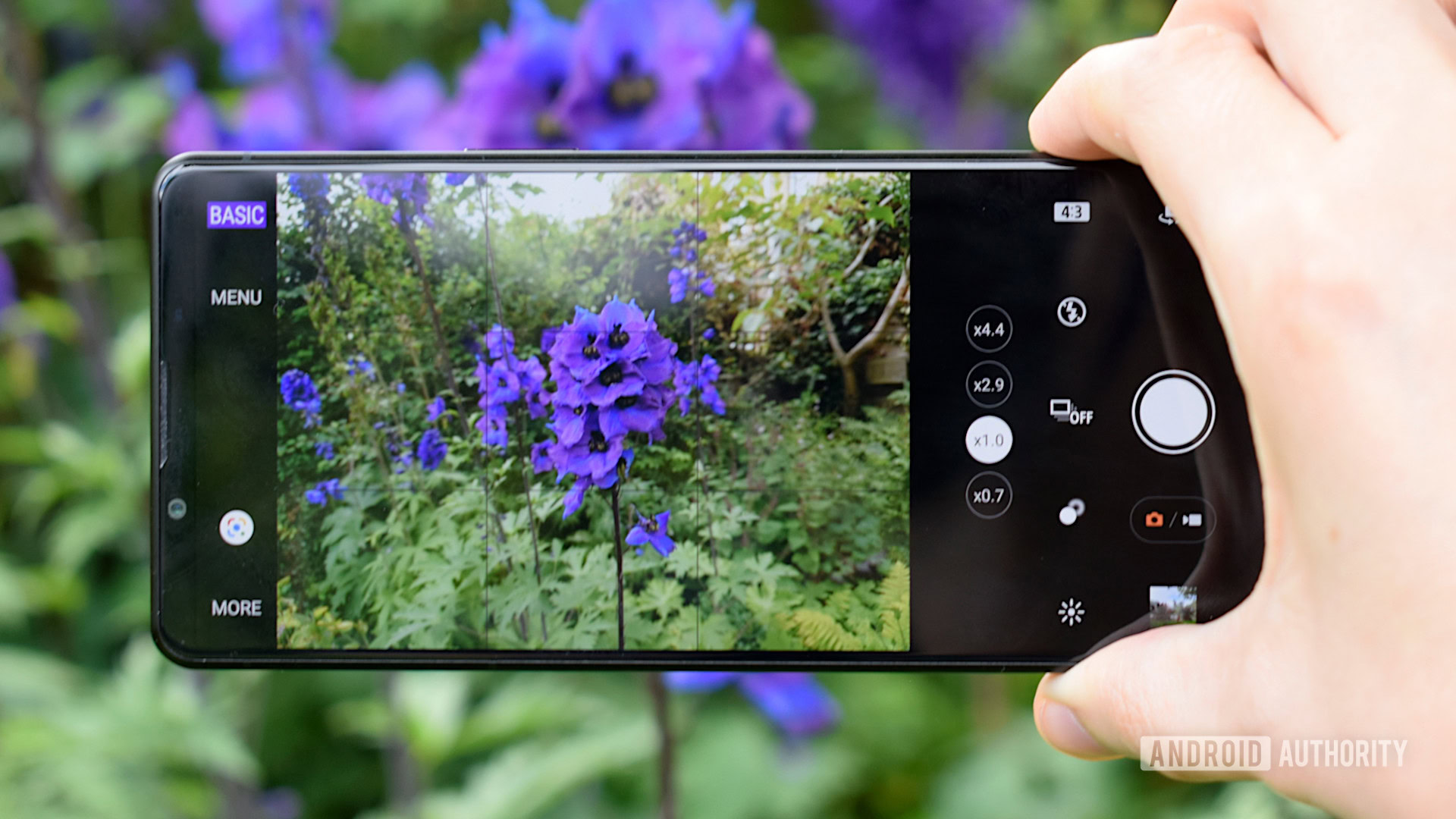
Editing RAW is extremely powerful, but it’s only recommended for those with the time and know-how to make photos look their best. Photographers looking to add unique artistic flair to their images will benefit from shooting in the format, but it’s definitely not for everyone. Manually dialing in the ideal exposure, white balance, sharpness, and the rest is a chore if you’re just after a quick snap.
Likewise, RAW is not an ideal format if you want to capture the moment or an action shot quickly. Saving this uncompressed data takes longer than converting to JPEG, and you won’t find the option supported with burst modes on smartphone cameras. If you’re shooting an action scene or want to ensure you don’t miss the moment, JPEG is still the way to go.
Avoid RAW if you won't have the time to edit your photos.
Of course, RAW is no good for uploading to social media either. You’ll want to capture directly into JPEG or export your RAW edits to a web-friendly file format. Then there’s the storage space to consider too. RAW images can be 40MB each or more, taking up quite a lot of space. This might be fine if you have a large backup hard drive but will start eating into limited 128GB mobile storage options after just a few thousand pictures. That’s something to keep in mind if you’re an avid shutterbug.
The bottom line: RAW is great for the serious photographer but more of a burden to those looking to take a quick snap.
Apps and software that support RAW photographs
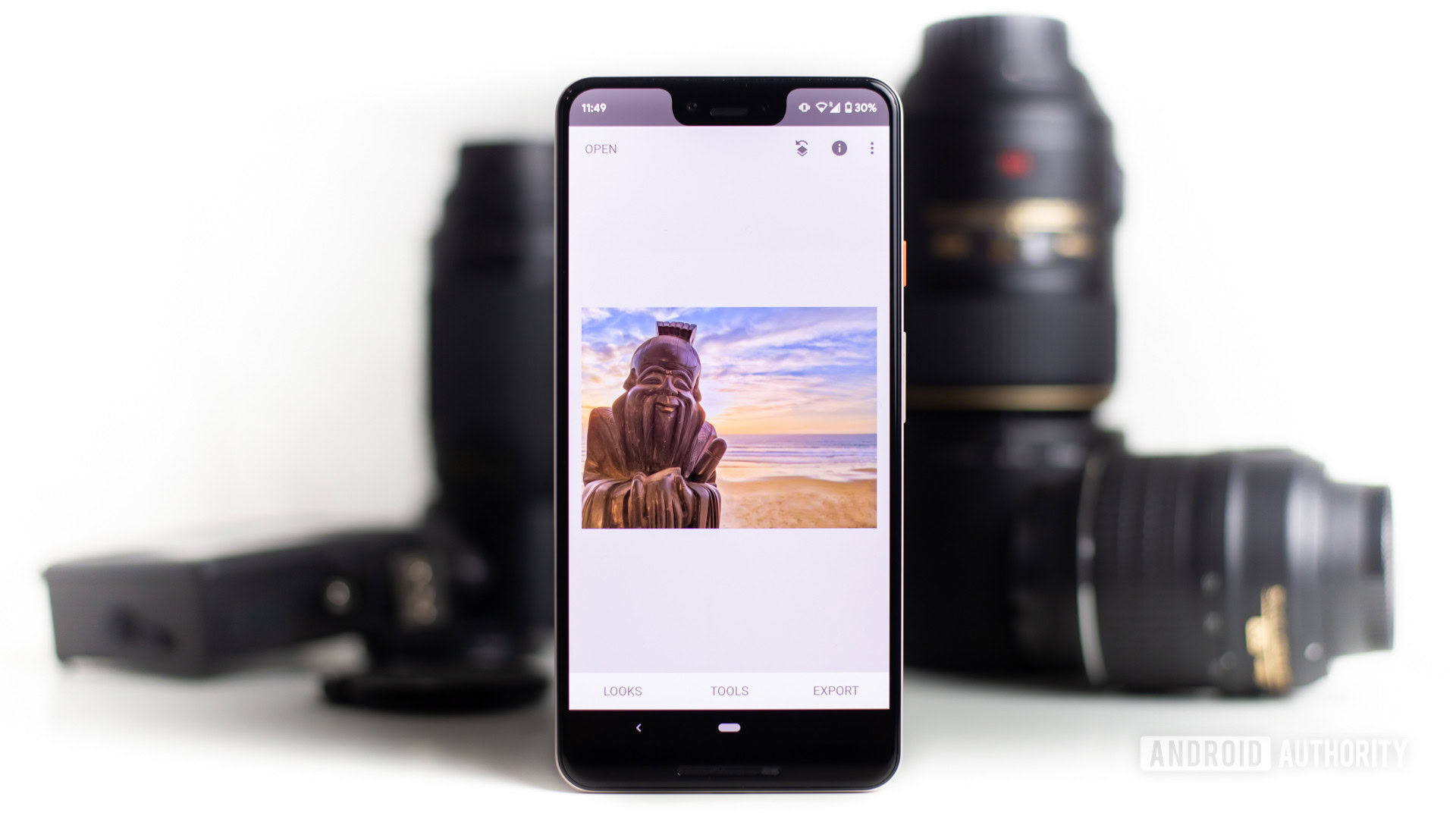
If you’re looking to make the most of your photos, there are two halves to the equation. First, you’ll need a camera that can capture in RAW. A DSLR or similar camera will have you covered, as will the majority of smartphone camera apps. Check your handset’s default camera app settings to see if you can switch the output format. Many phones also offer a RAW+JPEG option, giving you two files for each shutter press — ideal for a quick share now and more advanced editing later.
The toggle may be found under advanced settings on some phones, such as the Google Pixel 6. If you’re running a new Samsung Galaxy smartphone, check out Samsung’s Expert RAW app from the Galaxy Store as well. Failing that, download one of the options on Android Authority’s best camera apps list, as many of these boast RAW and DNG capture capabilities.
Once you’re able to capture RAW images, you’ll need a photo editing application that can understand the data and let you tweak your pictures. Adobe Lightroom is one of the most popular options, and supports Android, iOS, PC, and Mac operating systems. Google’s Snapseed is another popular editing application that supports cross-platform mobile JPEG and RAW editing. There are plenty of other options out there too.
Read more: The best photo editing apps for Android
With this info under your belt, you’re now well equipped to get started in the world of RAW photography editing. Happy snapping.